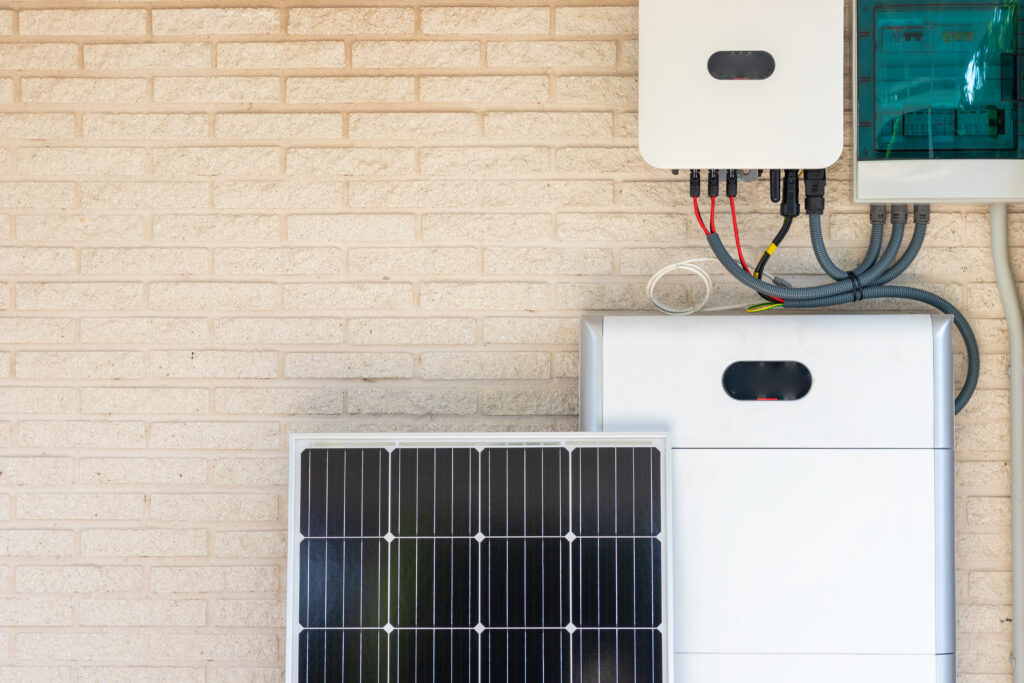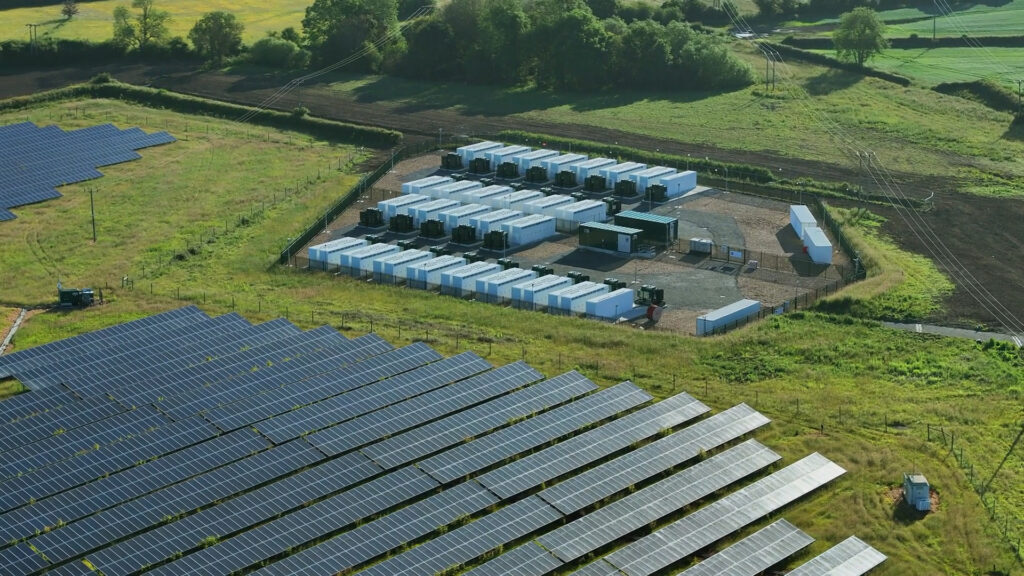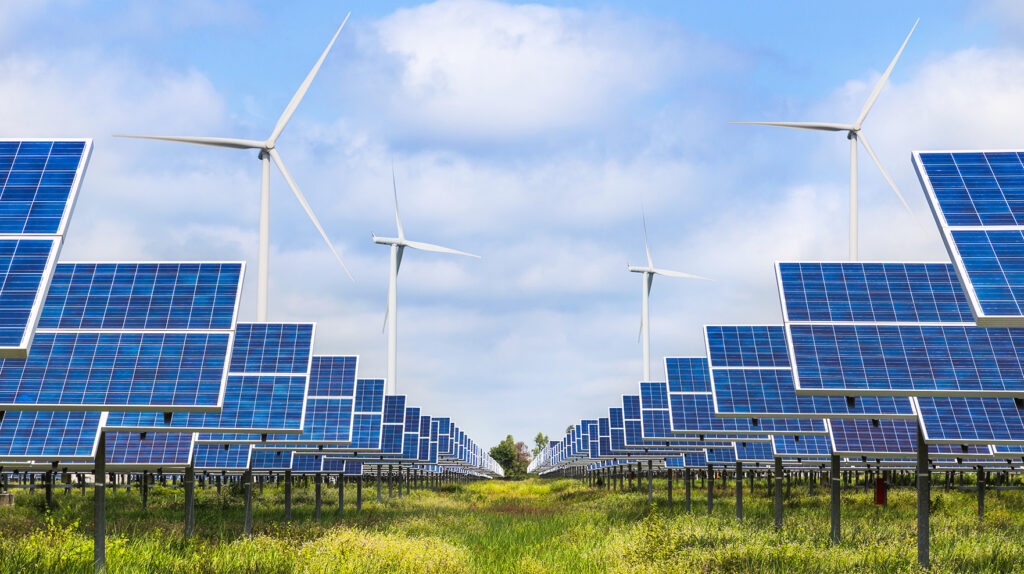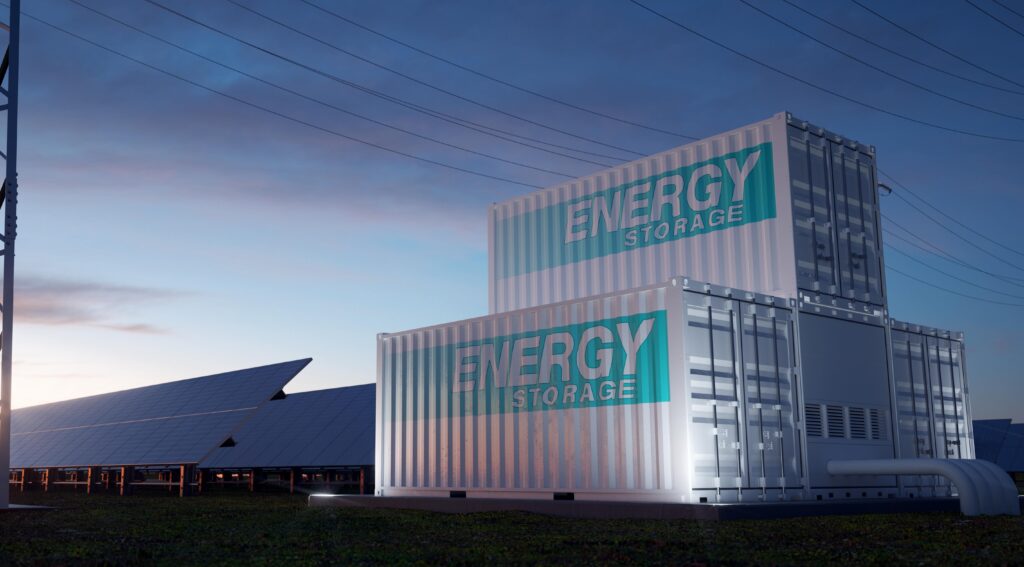Demand-Side Resources Can Power India’s Clean and Affordable Energy Future

This report evaluates the role of demand-side resources—energy efficiency, load shifting, and demand response—in enabling India to achieve these goals cost-effectively while maintaining grid reliability.
Feasibility of Green Hydrogen Use in Natural Gas DRI Furnaces: A Technical and Economic Review

This paper examines the technical feasibility and economic viability of converting natural gas-based direct reduced iron (DRI) furnaces to use green hydrogen.
Strategic Pathways for Energy Storage in India through 2032

India’s electricity demand is witnessing a rapid surge, nearly doubling every decade, fueled by strong economic growth. Dramatic cost reductions over the last decade for wind, solar, and battery storage technologies position India to leapfrog to a more flexible, robust, and sustainable power system for delivering affordable and reliable power to serve the growing power needs.
HTLS conductors can cost-effectively future-proof India’s electricity grid

As India’s electricity demand grows rapidly, the country has a $100 billion plan for major grid expansion by 2032 which includes increasing the length of the transmission network by over 40%. This massive investment offers an opportunity to think strategically about future-proofing grid expansion.
Plummeting Solar+Storage Auction Prices in India Unlock Affordable, Inflation-Proof 24/7 Clean Power

Plummeting costs of solar and battery storage in India along with technological improvements are opening new opportunities for clean and low-cost power generation. Recent energy storage auctions in India reveal record-low prices, with unsubsidized standalone battery storage bids at 2.8 lacs/MW/month and solar+storage bids at 3.1–3.5 INR/kWh.
Doubling the Pace of Deployment of Renewable Energy Capacity in India

Due to rapid economic growth, urbanization, and industrialization, India’s electricity demand is expected to nearly double in the next decade. The electricity demand in the country has grown at an average of 6-7% in the last three years. 250 GW peak demand was met in May 2024, up from 240 GW in September 2023, and is projected to touch 270 GW in summer 2025.
India Can Avert Power Shortages and Cut Consumer Bills by Requiring More Efficient Air Conditioners

India is experiencing a rapid surge in electricity demand driven by the widespread adoption of room air conditioners (ACs), propelled by rising incomes, urbanization, and increasingly severe heat waves. We estimate that between 2025 and 2035, India will add an additional 130 million new room ACs, and without targeted interventions, room ACs alone could contribute over 180 GW to India’s peak load by 2035, straining the power system and necessitating costly investments in new capacity.
Rapid Deployment of Solar and Storage Is the Main Option for Avoiding Power Shortages in India

Due to rapid electricity demand growth, India will likely experience significant evening power shortages by 2027, even if all the thermal & hydro capacity currently under construction comes online as planned.
Recent SECI gigawatt-scale solar + storage auction results, with a record low price of Rs 3.4/kWh, have demonstrated how solar+storage will be an economical solution to help avoid power shortages. Solar + storage can be deployed much faster than new thermal and hydro assets.
Indonesia can cost-effectively supplant captive Coal-fire power plants with Solar energy
The Case for a Zero Emission Vehicle Obligation in India
Related Files Report PDF (Working Paper) Date Published 01/2024 Authors Deepak Rajagopal, Narayan Gopinathan Abstract Public policies to replace fossil-fuel based internal combustion engine vehicle (ICE) with zero emission vehicle (ZEV) technologies such as battery electric vehicles (BEV) and hydrogen fuel cell vehicles (FCEV) are fast becoming commonplace worldwide. The two main types of policies […]